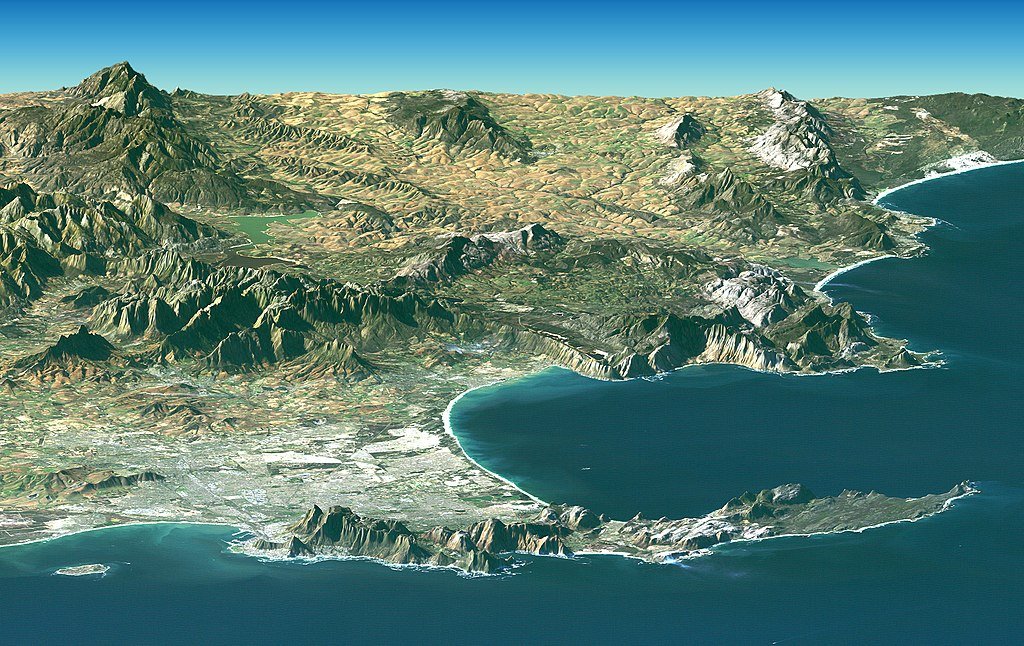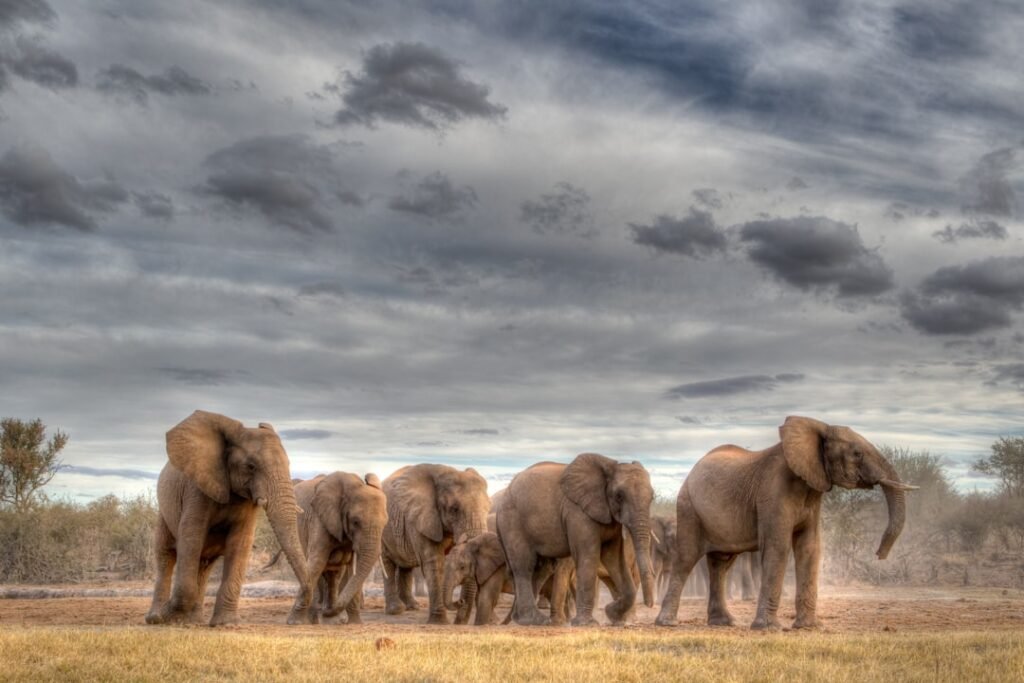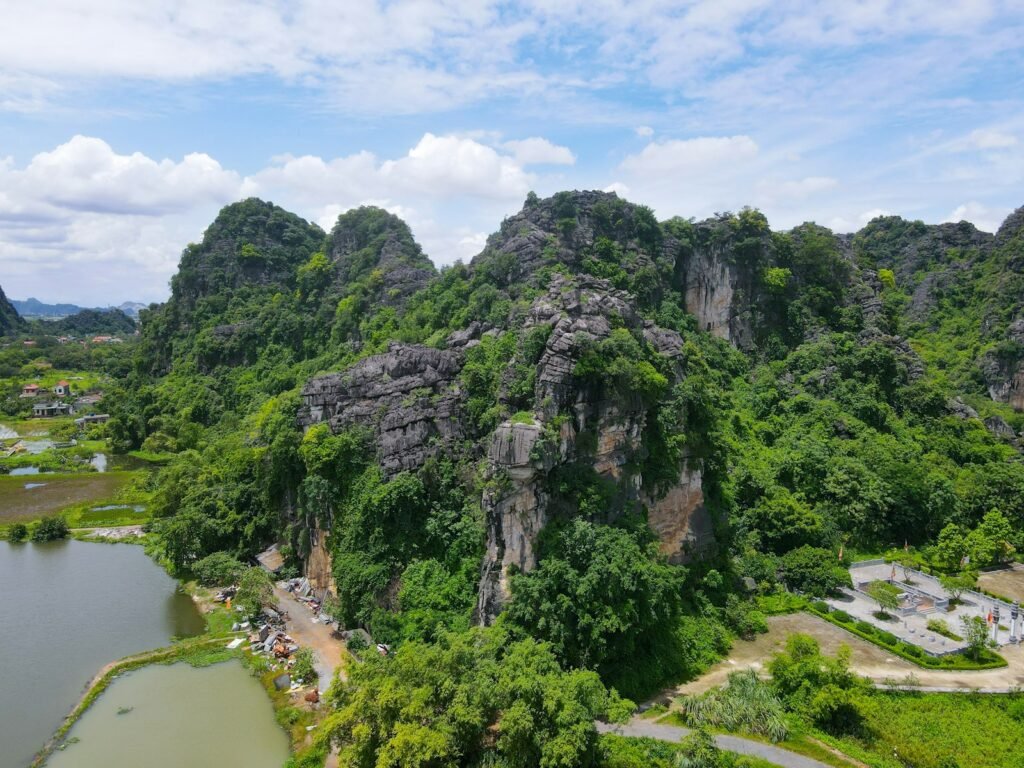Scientists noted an odd phenomenon for years: South Africa was gradually rising out of the sea. They first thought of deep geological forces, maybe a plume of molten rock lifting the ground from beneath. New studies, however, point to a rather more unexpected offender: drought. The very ground under South Africa is rebounding like a dried-out sponge as climate change speeds up water scarcity, providing a sobering reminder of how humans are changing the surface of the earth.
The Mystery of South Africa’s Rising Land
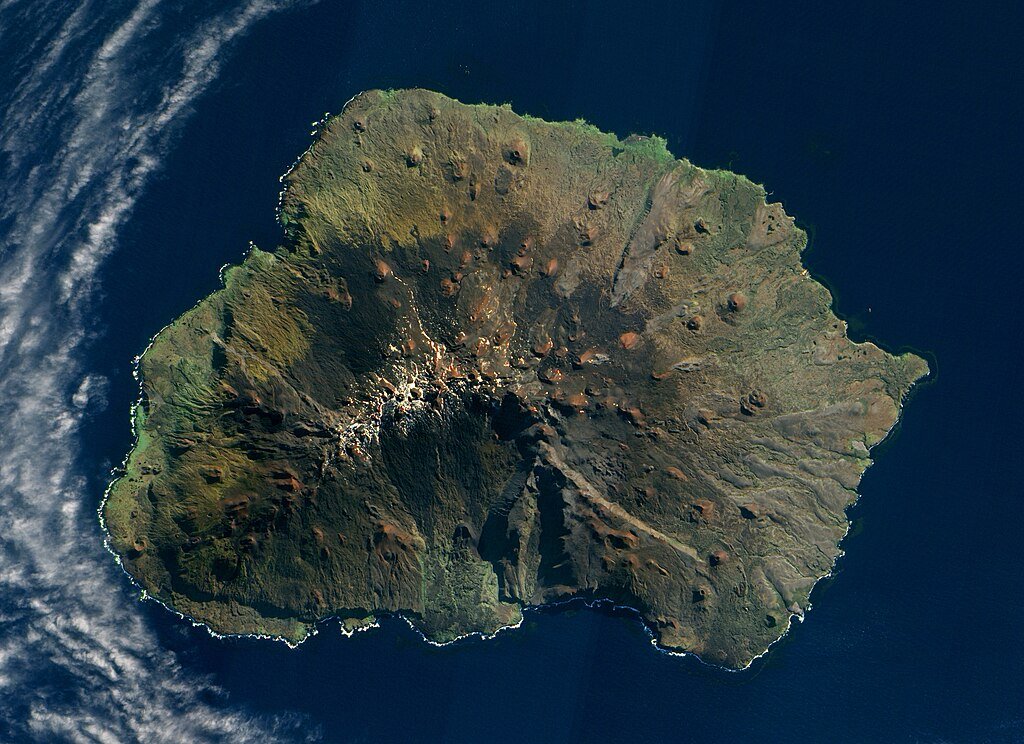
GPS data revealed South Africa rising by an average of 6 millimeters (0.2 inches), a tiny but detectable change that baffled geologists between 2012 and 2020. The leading theory focused on the Quathlamba hotspot, a suspected mantle plume under the area perhaps raising the crust. But when scientists examined drought trends, they discovered an amazing relationship: the land rose most dramatically during severe dry spells, especially the 2015–2018 “Day Zero” crisis in Cape Town, when the city almost ran out of water.
“We started to think there should be a link between this pattern and water loss,” said Dr. Makan Karegar, a geodesist at the University of Bonn and lead author of the study. The missing piece? The sheer weight of vanishing water had been pressing down on the land and without it, the Earth’s crust was springing back up.
How Drought Lifts the Earth’s Crust
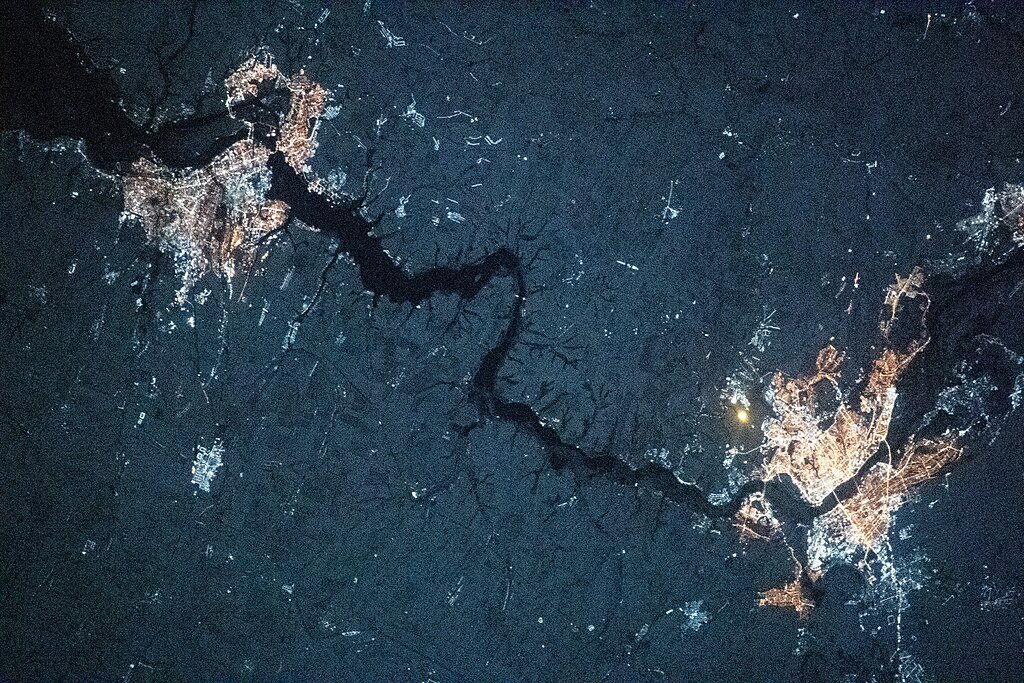
Elastic rebound is a phenomena that functions much as a memory foam mattress. When water saturated soil fills aquifers, pools in reservoirs, and compresses the ground, But during droughs, that weight vanishes as moisture evaporates and groundwater runs low, allowing the ground to rise.
Using high-precision GPS stations and NASA’s GRACE satellites (which track gravitational shifts caused by water loss), researchers confirmed that regions with the worst droughts saw the most uplift. The Western Cape, hardest hit by water shortages, rose 5–10 millimeters, while areas near drained reservoirs experienced even greater rebound 614.
“Think of it like a sponge,” explained Christian Mielke, a co-author of the study. “When it’s wet, it’s compressed. As it dries, it expands.” The same principle applies to the Earth’s crust only here, the consequences are far more consequential.
A New Tool for Tracking Droughts
Beyond cracking a geological riddle, this find has applications. Particularly in areas where groundwater depletion is not obvious to the unaided eye, GPS-based land monitoring may develop into an early-warning system for droughs.
Mielke said, “We can estimate changes in groundwater levels by interpreting vertical ground motions.” For tracking local water loss, GPS stations offer millimeter-scale accuracy unlike satellite data, which has a resolution of hundreds of kilometers.
This approach could enable governments such as South Africa, where climate models forecast increasing droughs, better management of water resources before reservoirs reach another “Day Zero” crisis.
The Water Inequality Crisis Beneath the Uplift
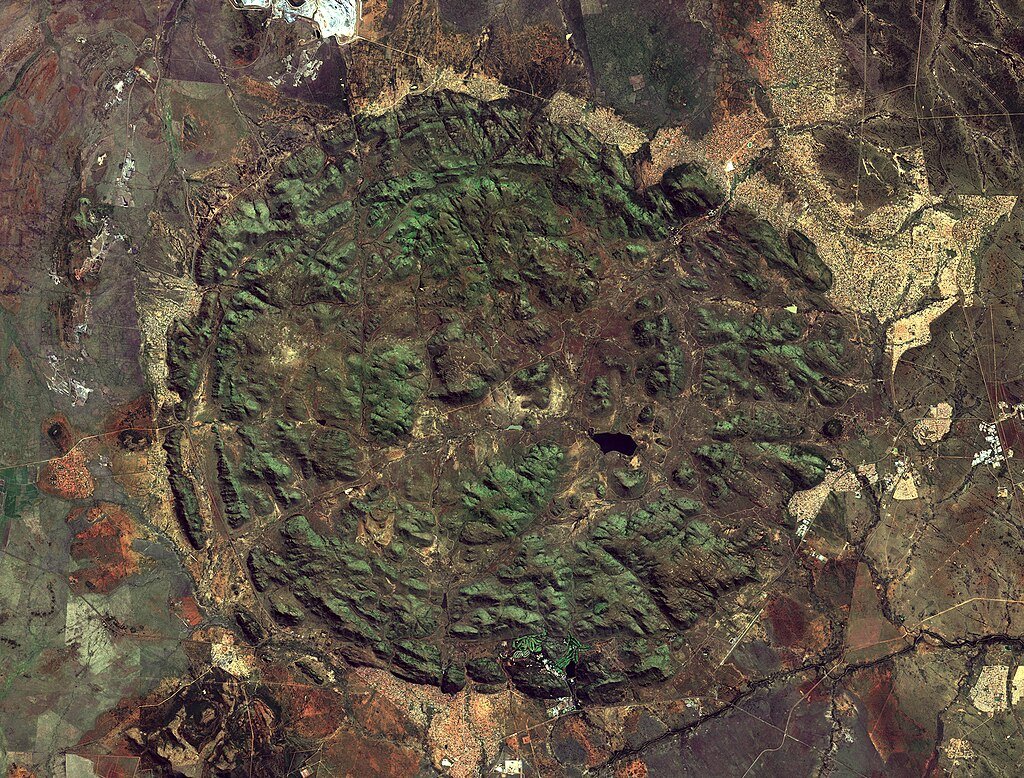
Although the growth of the soil is a subject for research, it also exposes South Africa’s water gap. With the most luxurious homes using upwards of 2,161 liters per day according to an Cape Town survey, 13.7 percent of the population consumed 51 percent of the city’s water. The poorer families drank one liter, whereas informal settlements drank 41 liters, which is far less than the average of 173 liters for each person.
This difference accentuates the effect of the drought. In high-consumption urban areas, over-extraction accelerates groundwater loss, aggravating land uplift and leaving even more limited resources for vulnerable populations.
Is the Uplift Permanent? The Uncertain Future
The critical question remains: Will South Africa sink back down if the rains return? The answer is unclear.
“With enough precipitation, the land could start to subside again,” Karegar said. However, long-term groundwater depletion caused by overuse and urbanization may lead to irreversible changes. Unlike surface water, which can recharge quickly, some aquifers take centuries to refill.
Compounding the uncertainty is the potential influence of the mantle plume. While drought appears to be the primary driver, deeper geological forces might still play a role. “We just don’t have enough data yet,” admitted Bill Hammond, a geodesist at the University of Nevada Reno.
A Warning for the World
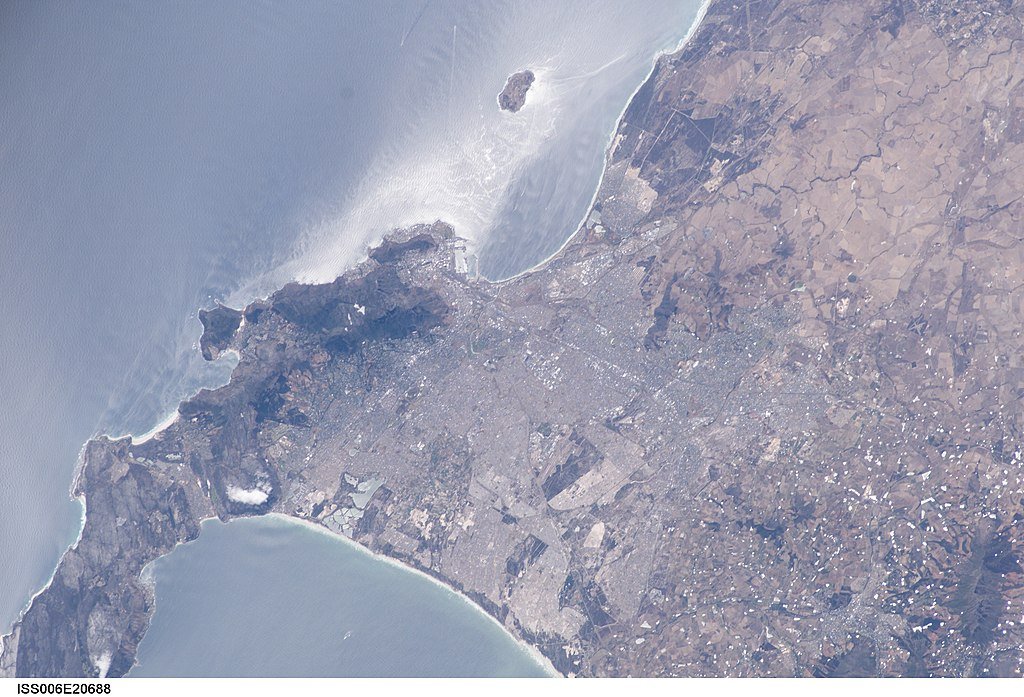
The rise of land within South Africa is clearly evidence of the effects of climate change, and not just a geochemical anomaly. Other regions that are prone to drought may experience a similar rising as temperatures in the world rise as well as altering coastlines and causing disruption to infrastructure.
In addition, the study emphasizes the need for better water management. Strategies that include fair distribution, recycling of wastewater and rainwater collection assist to avoid future crises before the soil under our feet becomes permanently unstable.
Conclusion: Nature’s Silent Alarm
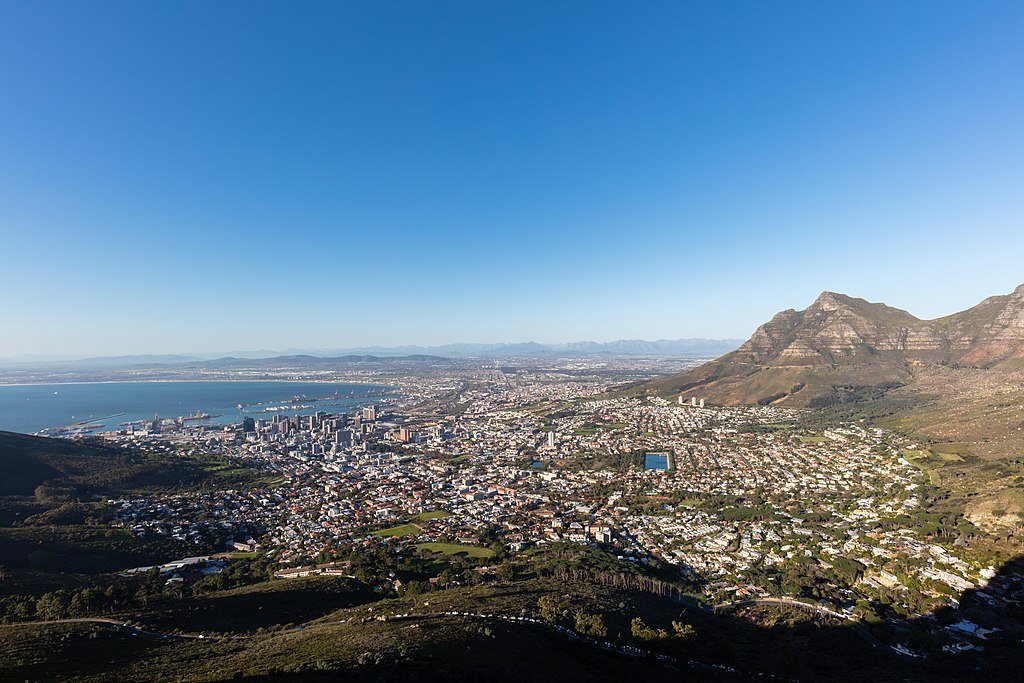
The climb of South Africa is paradoxical: the land rises more the drier it is. Originally a tectonic mystery, what has turned out to be a feedback loop driven by climate where human activity shapes the very form of Earth. For geophysics, it marks a scientific revolution. Policymakers have a call to action from this. It also reminds the rest of us that even the ground we walk on is not as strong as it first seems.
“The rising land is not only a geological anomaly,” Karegar said. “It’s a warning from nature to change path.”
Sources:

Suhail Ahmed is a passionate digital professional and nature enthusiast with over 8 years of experience in content strategy, SEO, web development, and digital operations. Alongside his freelance journey, Suhail actively contributes to nature and wildlife platforms like Discover Wildlife, where he channels his curiosity for the planet into engaging, educational storytelling.
With a strong background in managing digital ecosystems — from ecommerce stores and WordPress websites to social media and automation — Suhail merges technical precision with creative insight. His content reflects a rare balance: SEO-friendly yet deeply human, data-informed yet emotionally resonant.
Driven by a love for discovery and storytelling, Suhail believes in using digital platforms to amplify causes that matter — especially those protecting Earth’s biodiversity and inspiring sustainable living. Whether he’s managing online projects or crafting wildlife content, his goal remains the same: to inform, inspire, and leave a positive digital footprint.

